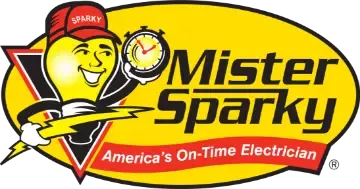Low Voltage Direct Current Could Power Homes of the Future
What if everything you knew about your home electrical work got turned on its head in the not-too-distant future? That could be reality, not science fiction, and maybe even sooner than you think. It’s not so far-fetched that in the coming decades, the electrical work in the American housing supply could change over from high voltage alternating current to low voltage direct current. Read on to learn why.
Changing Currents, Transforming Voltage
Most homes in the United States have 220-240 volt service, which is split into two lines at 110-120 volts, the amount of power that comes through your standard wall outlets. Some heavy-duty equipment like electric stoves and dryers pull from the full 240 volt line. However, most home outlets require far less power.
Here’s a secret for you: A lot of the devices you use in your home are already low-voltage. Anything that has a transformer – a box somewhere along the power cord – is likely to use far fewer than the 120 volts flowing from the wall. Most modern laptops and entertainment devices draw in the neighborhood of a few dozen volts at most. Big-ticket items like refrigerators and stoves would need to be updated to be to function on a new low volt standard, of course, but the technology to do so already exists.
Rethinking the Nation’s Electrical Work
There are some compelling reasons to consider low voltage homes – most significantly, the fewer the volts, the lower the risk of shock or electrocution from electrical work. What’s more, since so many devices already use just a few volts of power, we wouldn’t have to lose energy transforming that power. Finally, low voltage homes could take advantage of two of the most exciting emerging technologies in the electrical market: solar panels and home storage batteries.
Homes are built to use high voltage alternating current because that’s the only practical way to send electricity over long distances from centralized generation plants. But solar panels can generate power on your very own rooftop, and advancing battery technology means you can store the energy in your home until you need it. Both work best in direct current and low voltage. As the power grid becomes more and more dispersed, it might make sense to convert more of our electrical work to low voltage if that’s the form in which it’s already being generated and stored.
Take Advantage of Tomorrow’s Technology Today
In fact, some homes are already starting to convert to low voltage in a limited way, in the form of USB chargers attached to modern wall outlets. One day soon, the entire home could follow suit.
If you need cutting-edge electrical work done in your home, contact a professional electrician right away.
